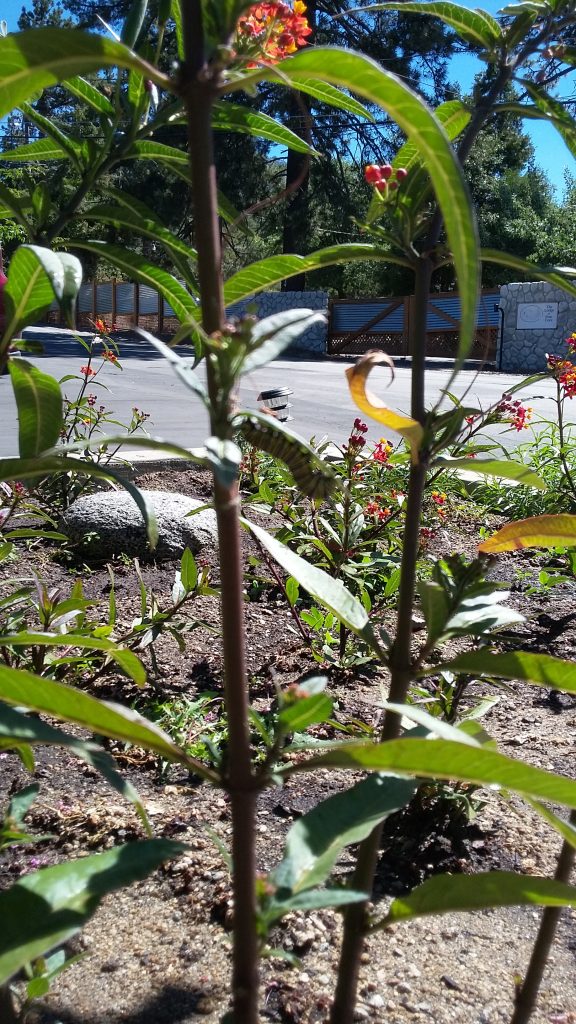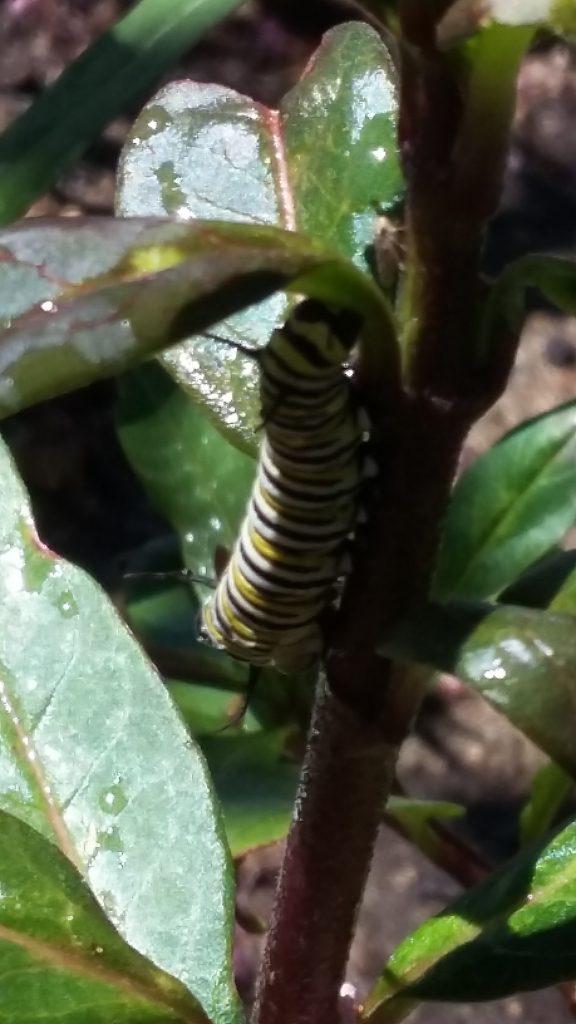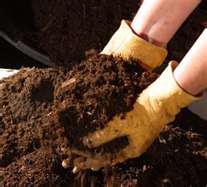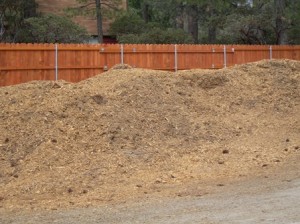Are you prepared?
Fire and quake season is upon us. Do you have an Emergency Plan to help you and your loved ones evacuate easily? It is a good idea to prepare a portable kit and keep it in your car or to grab and go box that will be easily accessible for you and your family.
Build a basic Emergency Evacuation Kit Including:
- Water (one gallon per person per day for at least 3 days)
- Non-perishable food (at least 3 days supply)
- Manual can opener (for food)
- Bottled water
- Prescription medications and copies of the prescription
- Battery operated or hand crank radio and a NOAA Weather Radio with tone alert
- Flashlight
- Extra batteries
- Whistle (to signal for help)
- Dust mask (to help filter potential contaminated air)
- Plastic sheeting and duct tape (in case of a shelter in place)
- Moist towelettes / baby wipes, garbage bags and plastic ties (for personal sanitation)
- Wrench or pliers (to turn off utilities)
- Local maps
- Cell phone and chargers
- First-aid kit
- Cash
- Copies of important documents (driver’s license/ID, SS card, proof of residency, insurance policies, wills, deeds, birth and marriage certificates, etc.)
- Extra change of clothes and bedding
- Pre-pack non-replaceable, personal items like photo albums that you can quickly move to a vehicle if you are instructed to evacuate
Talk to your family and friends, make a plan! Decide where to meet, where to stay, where you are going. If you have pets or seniors to consider, plan ahead for them as well and have specific prepared go bags. If you do not have a car, make a plan ahead of time… ask a friend or a neighbor if you can ride off the hill with them if needed. If you have a car, keep 1/2 tank of gas in it at all times. If the power goes out, the stations may not be able to pump gas unless they have a generator and even then they may only be able to take cash payments.
Remember, in case of an emergency the number one priority is safety first. Proper advanced preparations can ease the stress of evacuation and help you make sure all the necessities are not left behind or forgotten.
You can get more detailed information at https://www.ready.gov/kit
Posted in: Around the District, Community, Emergencies, Fire
Leave a Comment (0) →






